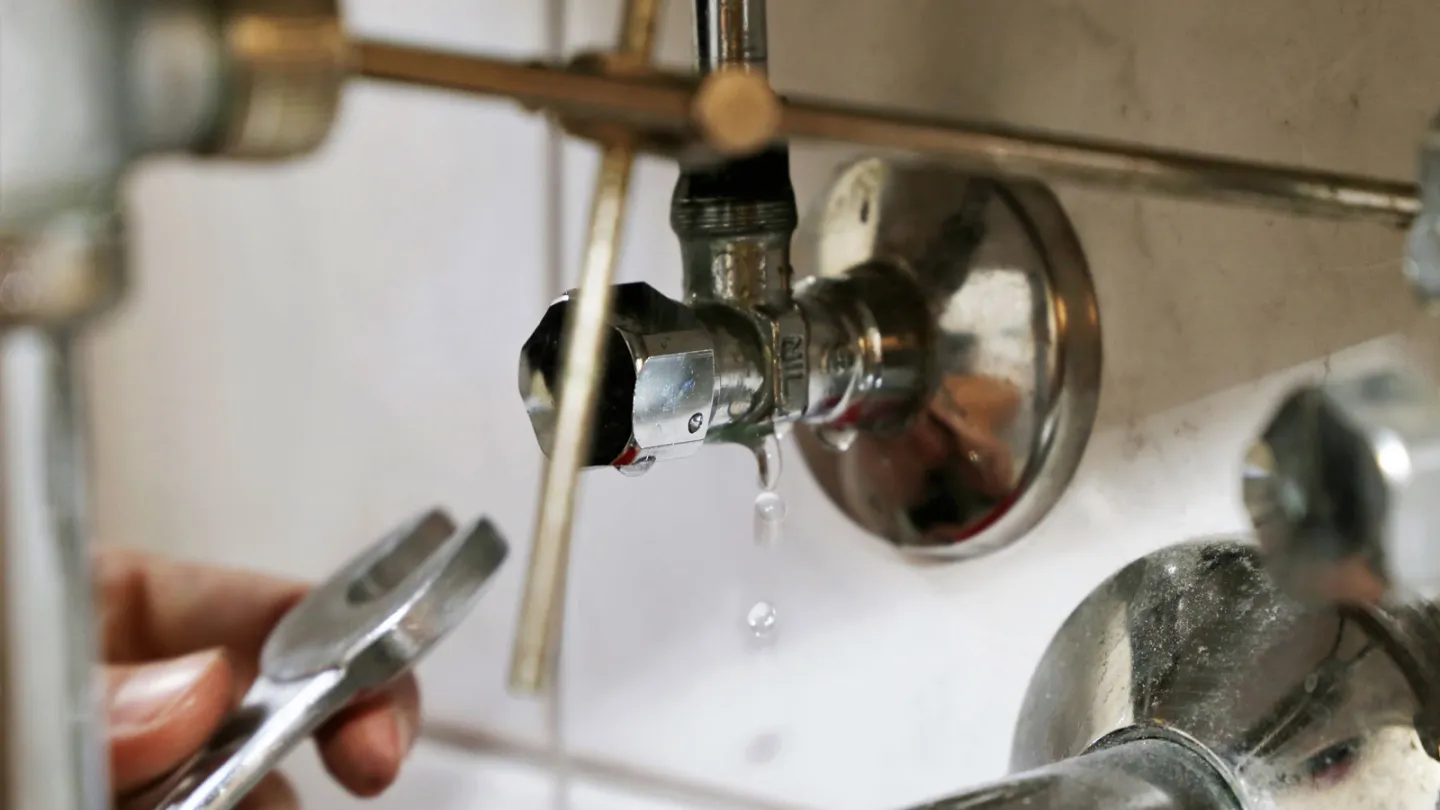🛠️ The Hidden Cost of Deferred Maintenance: What Every Rental Owner Needs to Know
At Southern Oak Property Management, we’ve seen it happen too often: a $200 plumbing issue gets kicked down the road, and a few months later, you’re dealing with mold, subfloor damage, and a $3,000 invoice. Deferred maintenance may feel like a way to save money in the moment—but it’s quietly eating away at your rental income, tenant satisfaction, and property value.
Let’s unpack what deferred maintenance really costs, and how staying ahead of it protects your investment long-term.
⸻
What Is Deferred Maintenance?
Deferred maintenance is any repair or upkeep that gets delayed. Maybe it’s a leaking faucet, a noisy HVAC unit, or peeling exterior paint. On paper, it’s easy to justify postponing non-urgent fixes—but those delays come with hidden consequences.
Common examples we see:
•Small roof leaks
•HVAC systems overdue for servicing
•Rotting wood around windows
•Appliances well past their service life
Left unchecked, these issues often turn into bigger—and more expensive—problems.
⸻
Why It Costs More in the Long Run
1. Repairs Get More Expensive
What starts as a minor fix becomes a major replacement. A $75 drain cleaning ignored today can become a $700 plumbing repair tomorrow. HVAC systems neglected for years fail during the peak of summer, when emergency rates spike.
National averages show deferred repairs can cost 4–6x more than proactive fixes.
2. Your Insurance May Not Cover It
Insurers look for signs of neglect. If damage is deemed preventable, your claim could be denied—or your premiums could go up.
3. Vacancy and Turnover Soar
A broken dishwasher or persistent leak might not seem urgent—but to a tenant, it’s a daily frustration. This leads to early lease breaks, poor reviews, and longer vacancies.
⸻
How Deferred Maintenance Impacts Property Value
Deferred maintenance doesn’t just cost money—it chips away at your asset’s value.
•Appraisals reflect condition: A well-maintained home gets top dollar.
•Buyers and tenants notice: First impressions matter, and repairs show pride of ownership.
•Small issues become selling points—for the wrong reasons: Buyers use visible wear and tear to negotiate down.
⸻
What Responsible Maintenance Looks Like
At Southern Oak, we schedule routine walkthroughs to catch problems early—before they become emergencies. Whether it’s a wobbly stair railing or signs of water under a sink, these small discoveries protect both our owners and their long-term returns.
Proactive maintenance includes:
•HVAC inspections every 6 months
•Plumbing & appliance checks quarterly
•Roof & gutter reviews annually
•Smoke/CO detector testing regularly
•Clear communication with tenants so they report issues early
It’s not about fixing everything at once—it’s about having a system and schedule.
⸻
Why Property Managers Make a Difference
One of the biggest advantages we offer as a management company is bandwidth. We track vendor performance, schedule preventive tasks, and make decisions quickly so owners aren’t stuck playing defense.
We also know the local market—so we don’t just fix problems, we protect the investment.
As we like to say: “Excellence in the details, trust in our relationships, honor God in all we do.”
⸻
Free Resource: The Maintenance Audit Template
Want to take a proactive step right now? We created a Maintenance Audit Template that helps you evaluate your property—room by room, system by system—so nothing gets overlooked.
📩 Reply with “Audit me” and we’ll send it your way. No strings attached.

By Southern Oak Property Management - Saturday, July 12, 2025
